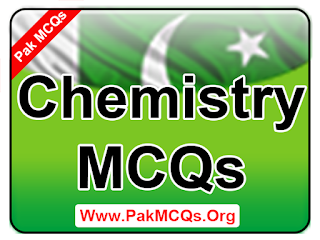131. The Minimum Amount Of Energy In Addition
To The Average Energy, Which Is Just Sufficient To Convert Reactants To
Products, Is Called.?
A. Activation Energy
B. Internal
Energy
C. Dissipation
Energy
D. None of
Them
132. Similar Substance Can Have Different
Reaction Rates Under.?
A. Same Conditions
B. Different
Conditions
C. Various
Conditions
D. None of
Them
133. When The Products Are In Lower Energy
State Than The Reactants, The Reaction Is.?
A. Stable
B. Exothermic
C. Endothermic
D. Ergs
134. The Rate Constants Of Chemical Reactions
Are Strongly Influenced By.?
A. Catalyst
B. Temperature
C. Nature
And Concentration Of Reactants
D. By All Of Them
135. In The Exothermic Reactions, The Products
Are At Energy Level.?
A. Lower
Than Reactant
B. Equal To
Reactants
C. Higher Than Reactant
D. None of
Them
136. Activation Energy Is The Energy Barrier
For The Formation Of.?
A. Products
B. Activation
Complex
C. Intermediates
D. A & B
137. Energy of Activation Is Usually Expressed
In.?
A. Joules
B. Calories
C. Ergs
D. None of
them
138. The Nature Of The Reactant Effects The.?
A. Nature Of
Product
B. Activation
Energy
C. Rate Of Reaction
D. Heat Of
The Reaction
139. Generally Rise Of 10°C Of The Temperature
Of A Reaction System, The Reaction Rate.?
A. Increases
B. Doubles
C. Subsides
D. Drops
140. Ire Respect Of The Fact That A Chemical
Reaction Is Exeo Or Endo-Thermal, The Increase In Temperature, Increases The.?
A. Reaction Rate
B. Potential
Energy
C. Collisions
D. Kinetic
Energy
















0 comments:
Post a Comment
Hello!
Although Every Comment is Appreciated. Feedback, Suggestions, Any Question Comment Below Be Carefully & Feel Free. Admin Will Give You Answer of Your Question in Just Within 12 Hours.